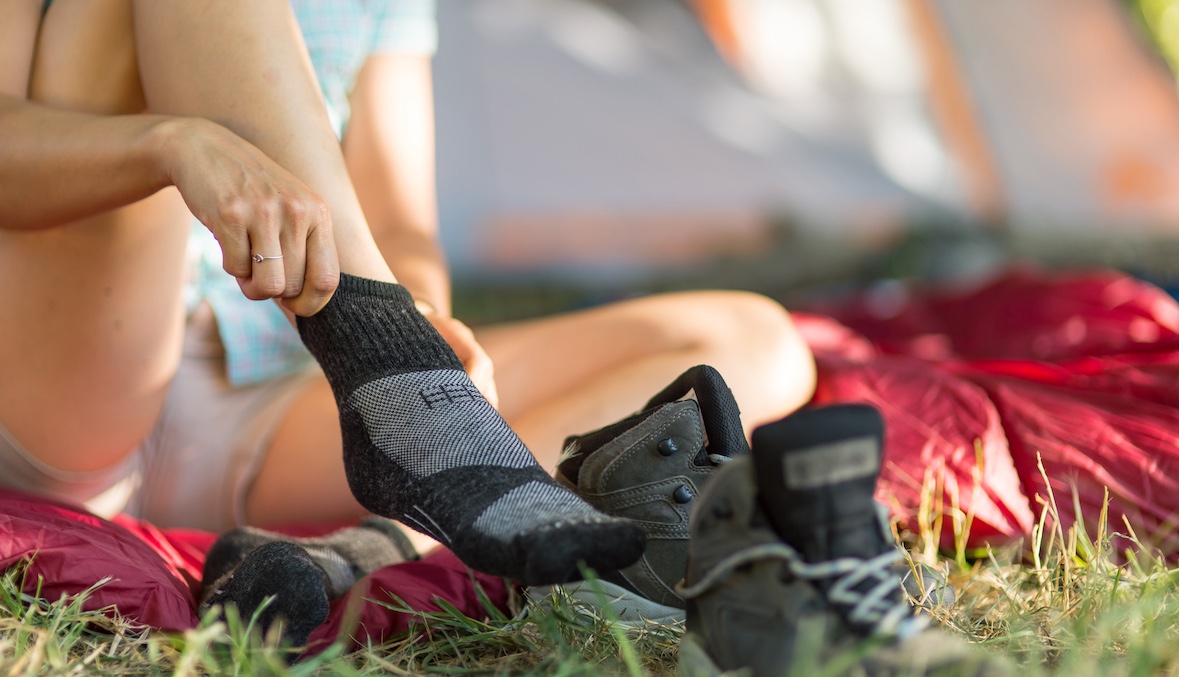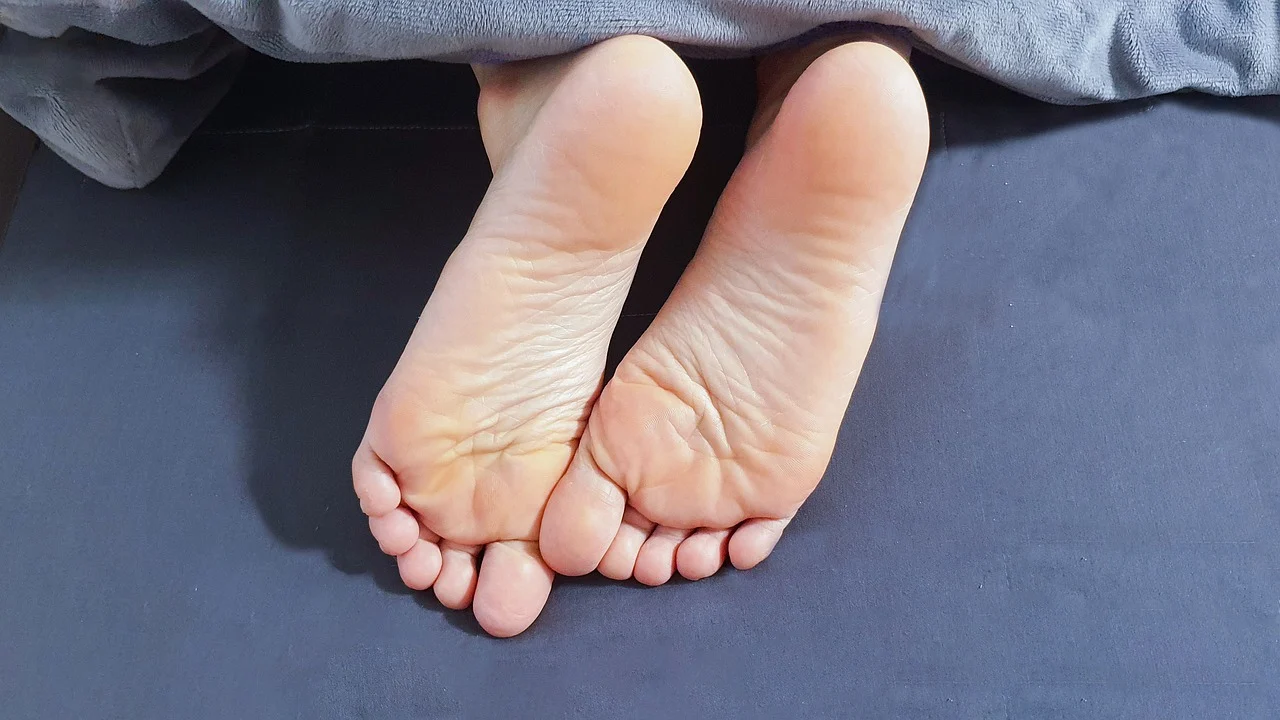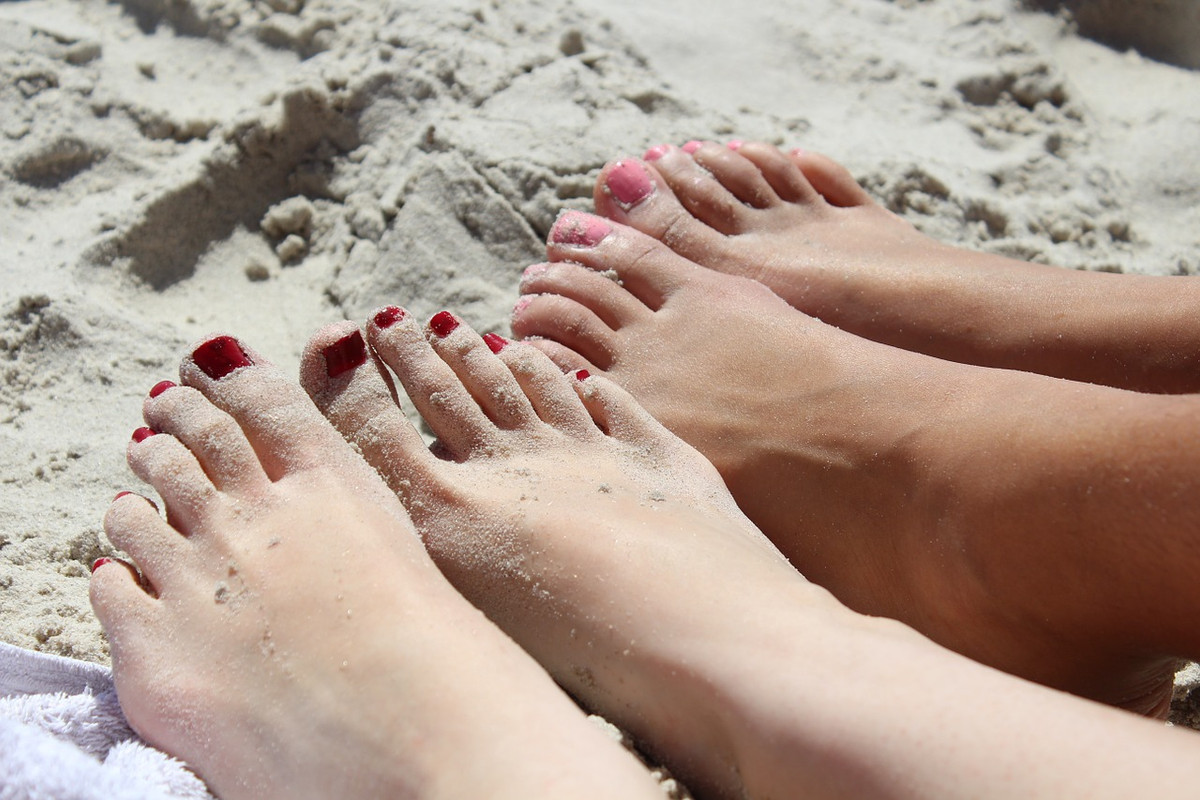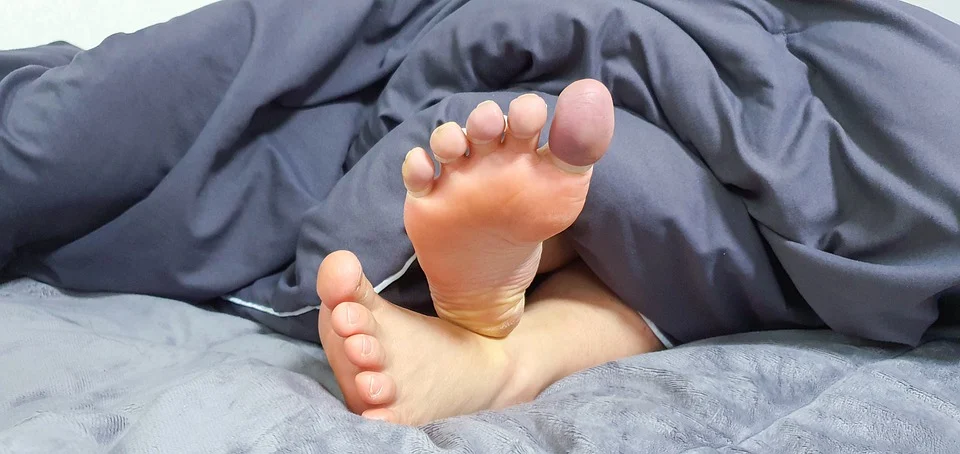16 Best Shoes for Plantar Fasciitis to Avoid Heel Pain, Inflammation and Injury

Us Weekly has affiliate partnerships so we may receive compensation for some links to products and services. They say if the shoe fits, wear it. But what they forgot to mention is if the shoe hurts, definitely don’t wear it! And one of the most common sources of heel pain is plantar fasciitis. This condition
Posted by on 2023-03-04
Posted by on 2023-03-09
Ankylosing Spondylitis: Complications and Prevention
:max_bytes(150000):strip_icc()/GettyImages-1353356067-e2ace85ff3e94b77ad6ae5678b4ab675.jpg)
Ankylosing spondylitis is known to cause secondary complications, such as eye inflammation. This article overviews the long-term possibilities.
Posted by on 1970-01-01
Shoppers with Plantar Fasciitis Say These Slip-On Shoes Are 'Extremely Comfortable,' and They're Up to 57% Off

“These shoes are like wearing slippers to work”
Posted by on 2023-03-03





